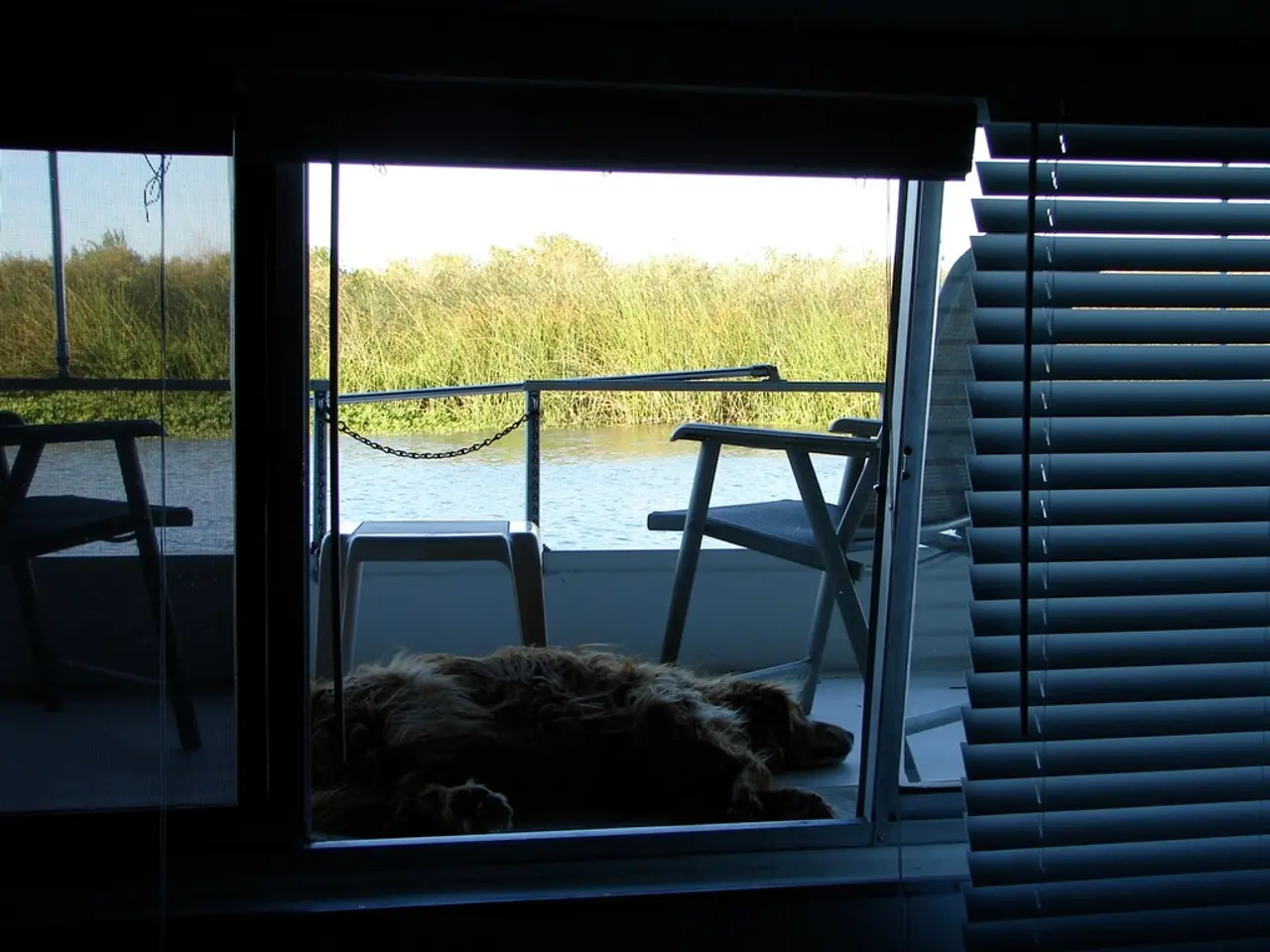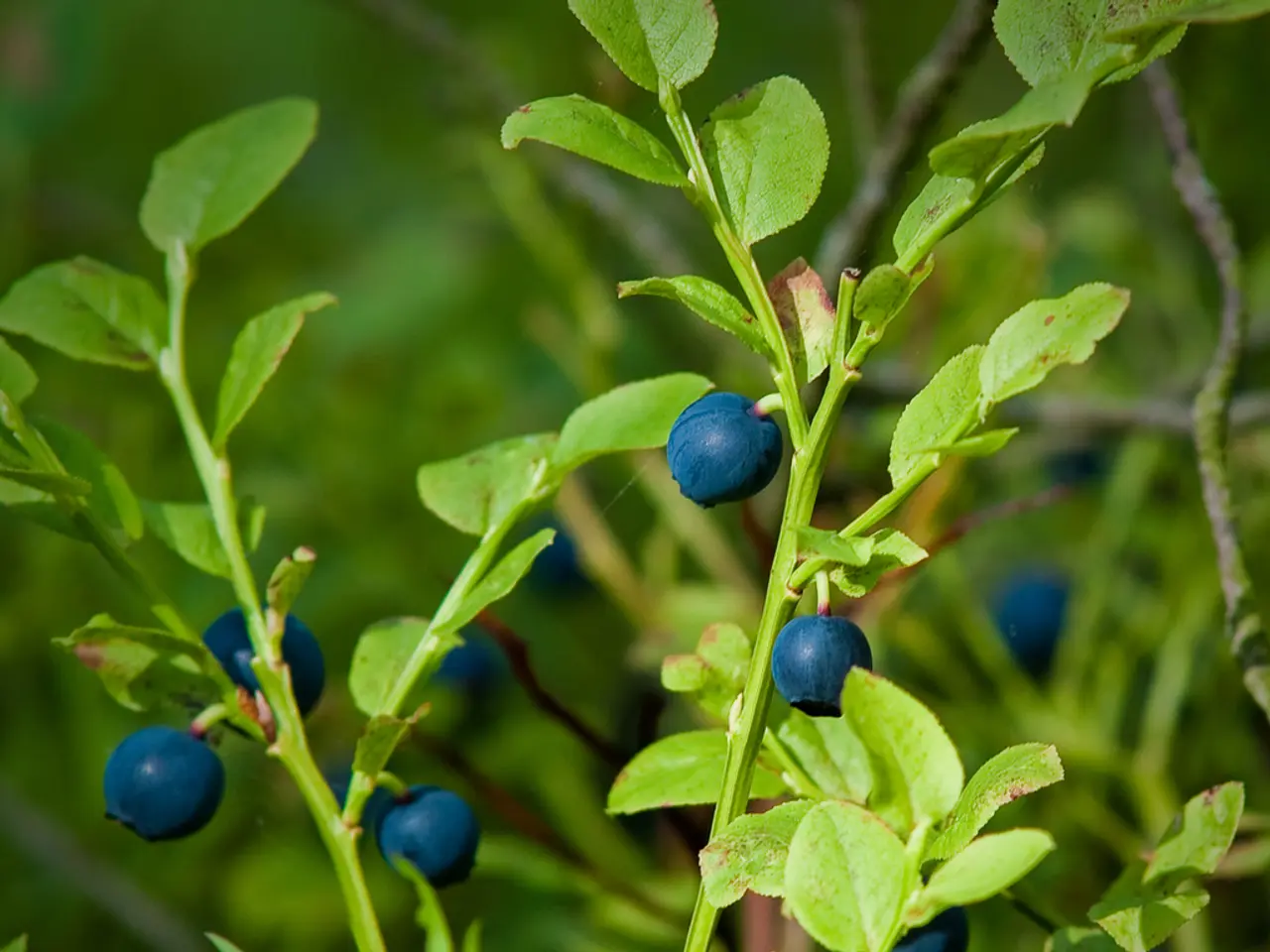Strategies for Creating a Dog-friendly Yard:
In a heartbeat, your furry buddy can turn a once tranquil garden into a playground of chaos. But fret not, we've got 12 smart strategies to help you strike harmony with your four-legged partner.
- Spice Up the Scenery: A maze of designated paths and play or digging zones will keep your dog mentally engaged. Add texture with surfaces like gravel or pebbles, and thrill them with moving plants such as salix or ornamental grasses.
- Plant Tough Plants: Boisterous dogs can quickly damage delicate plants. Opt for robust species like nepeta, astilbe, and hardy geranium (excluding Pelargonium species, which can be toxic to dogs). Established perennials and sturdy shrubs like viburnum or shrub roses will provide a strong foundation.
- Avoid Poisonous Plants: Numerous garden plants can pose a threat to your dog's health. Common offenders include chrysanthemum, aconite, buttercup, daffodil, daphne, delphinium, foxglove, hydrangea, oak, tomato, wisteria, and yew (Taxus baccata). If you suspect your dog has ingested a potentially harmful plant, seek medical attention promptly.
- Guard Your Garden: Dogs can ruin lawns and borders, so create sand or bark designated play areas, install paths, or define borders using box hedges. For stronger defense, raised beds are a great solution.
- Embrace Pet-friendly Plants: A dog-friendly garden need not lack charm. Many plants, such as snapdragons, asters, camellias, roses, sunflowers, elaeagnus, centaurea (cornflower), impatiens, and calendula, pose no threat to dogs.
- Secure the Perimeter: Dogs can dig under fences or escape through holes. Ensure your borders are sturdy, and fences are at least 6ft high for medium-sized dogs. Keep gates secure at all times.
- Keep an Eye on Slugs and Snails: Prevent your dog from ingesting slugs or snails by supervising playtime and avoiding using toxic slug pellets. Lungworm can be contracted by eating infected gastropods, showing symptoms like difficulty breathing, coughing, lethargy, and prolonged bleeding.
- Store Chemicals Safely: Ensure sheds are locked and chemicals such as non-organic slug pellets, sharp tools, and harmful additives are kept out of reach.
- Say No to Cocoa Bean Shell Mulch: This by-product can be harmful if ingested, as it resembles chocolate. Swap it for safer options like bark chippings.
- Secure the Compost Bin: Compost bins can attract dogs and potentially contain harmful substances. Prevent access with secure locks, and ensure that toxic foods like avocados, grapes, raisins, and onions are kept out of reach.
- Prevent Dog Urine Stains: Train your dog to avoid grassy areas or wash yellow patches with water after accidents.
- Stay Vigilant: If you suspect your dog has ingested hazardous substances, exhibit abnormal behavior, or show signs of illness, don't hesitate to seek medical attention immediately.
In the quest for a dog-friendly garden, remember to prioritize non-toxic plants, provide engaging spaces, and ensure the garden is secure.Watch our video on plants that are toxic to dogs for more information. With these tips in hand, you and your pet can coexist harmoniously and create a garden that brings joy to both of you.
- Design Dog-Friendly Garden Spaces: Consider creating raised beds as a safe haven for plants, while also defining play areas with sand or bark, or using box hedges to guard your garden from your pet's playful paws.
- Pet-Proof Your Home-and-Garden Lifestyle: To maintain a harmonious living space for both you and your furry friend, opt for pet-friendly plants like snapdragons, asters, camellias, and elaeagnus, and avoid poisonous species such as hydrangea, wisteria, and yew (Taxus baccata).




